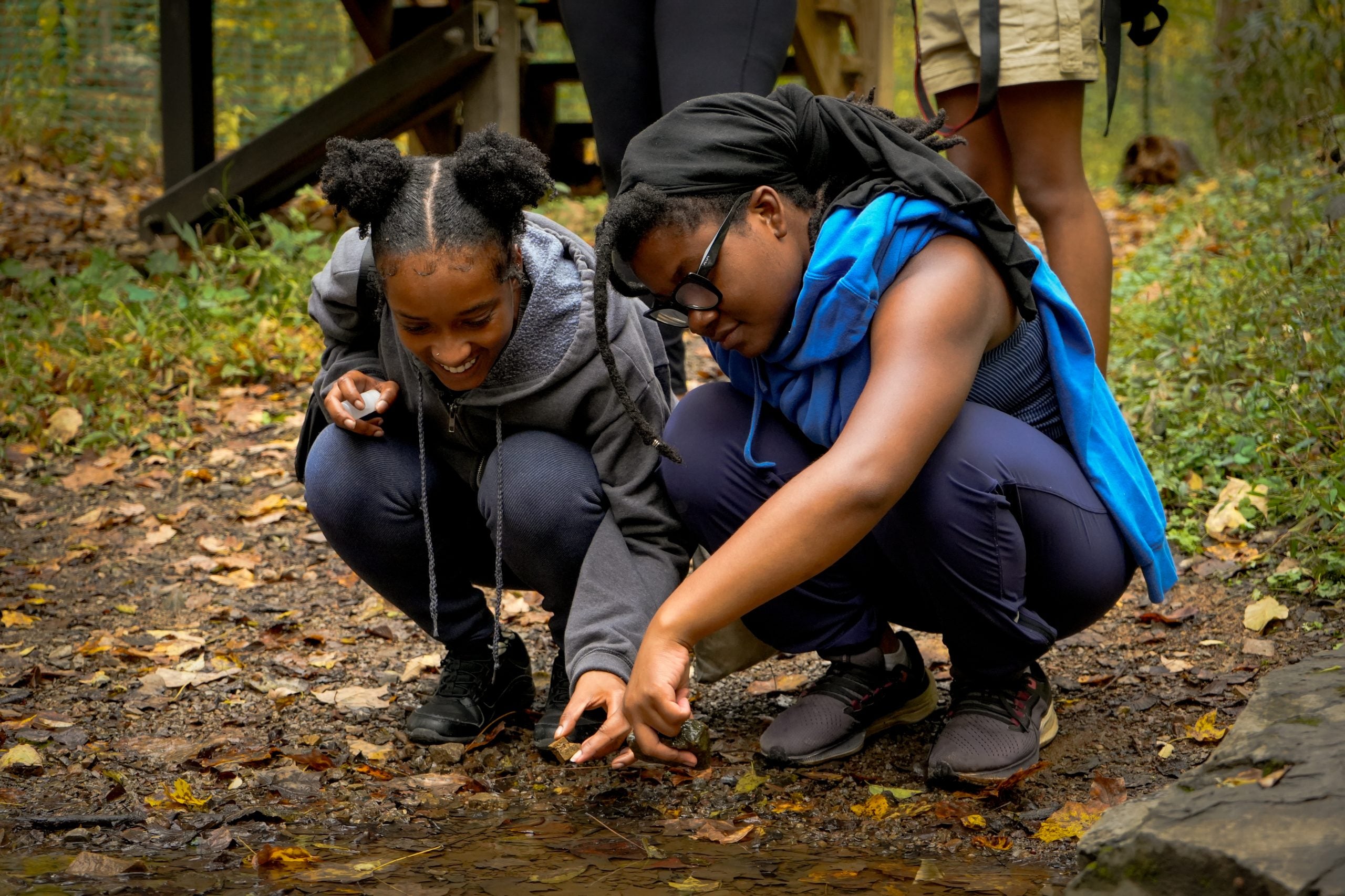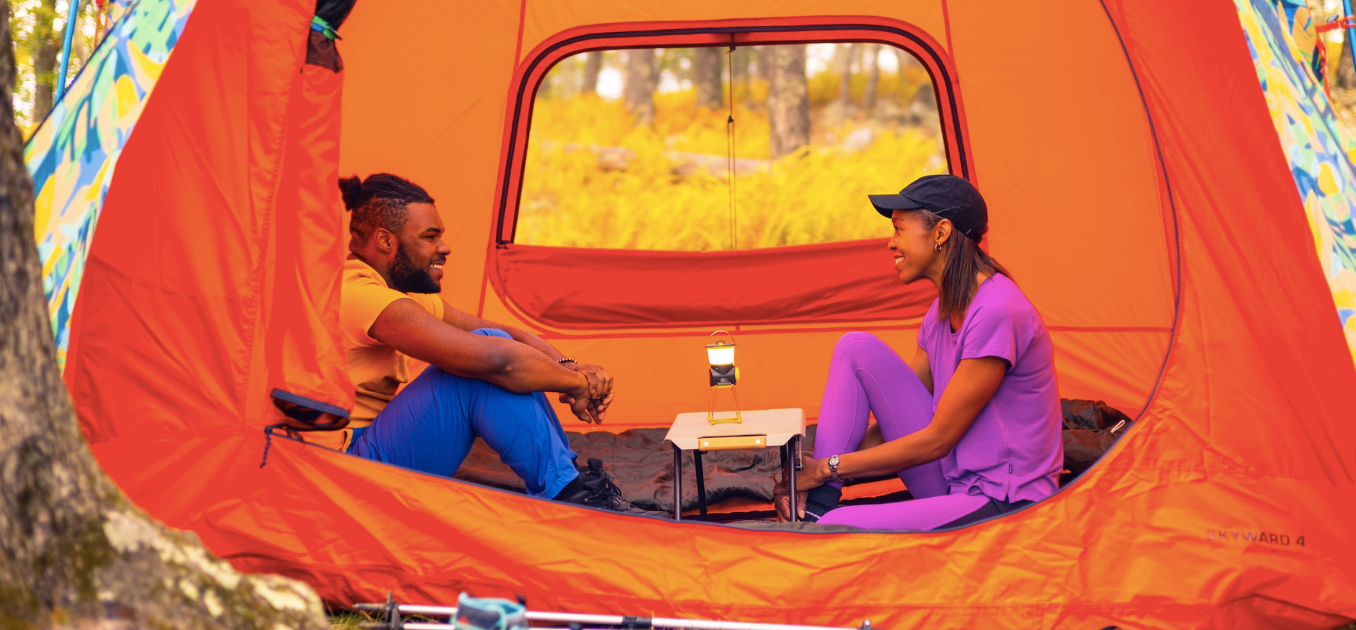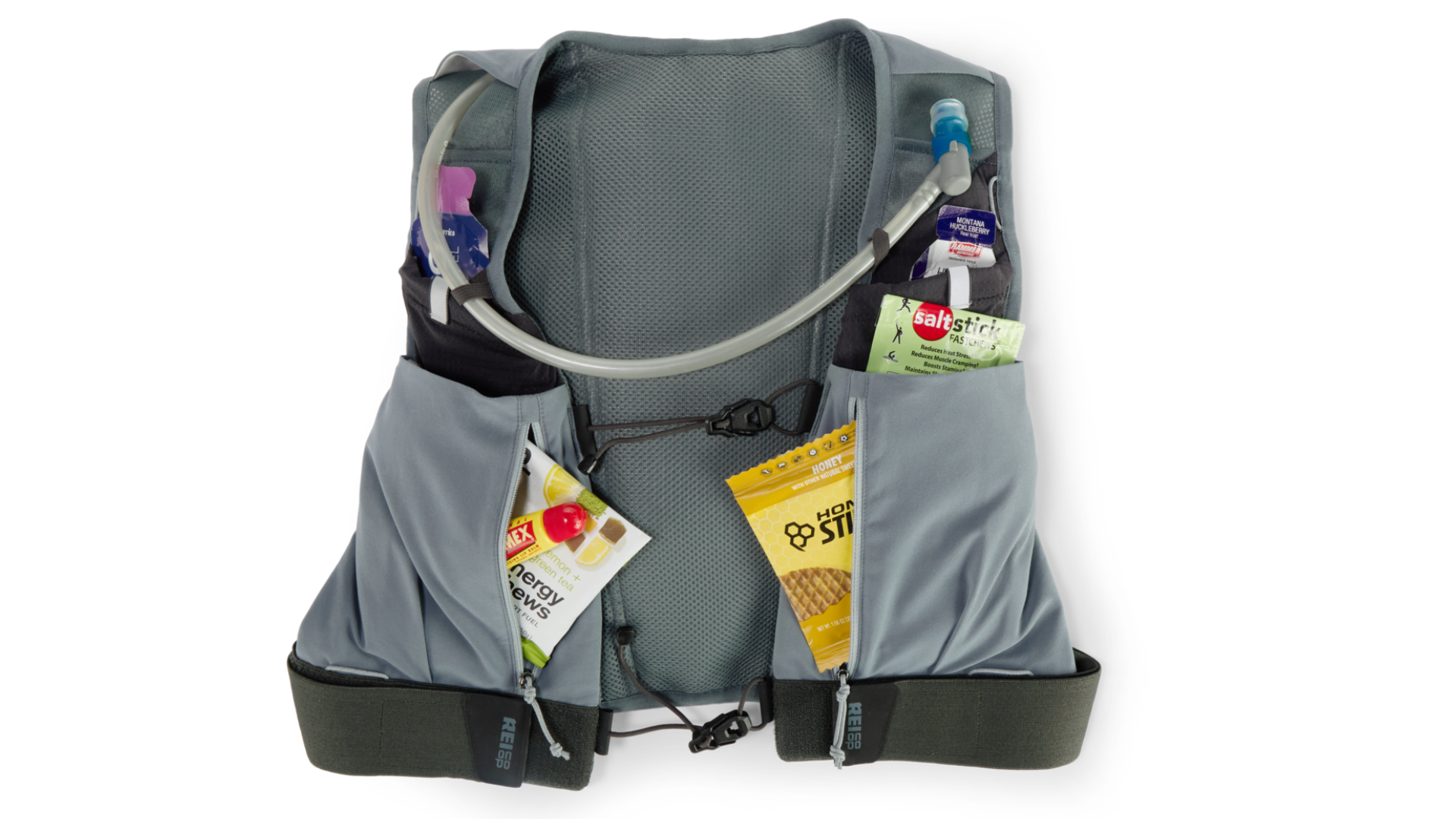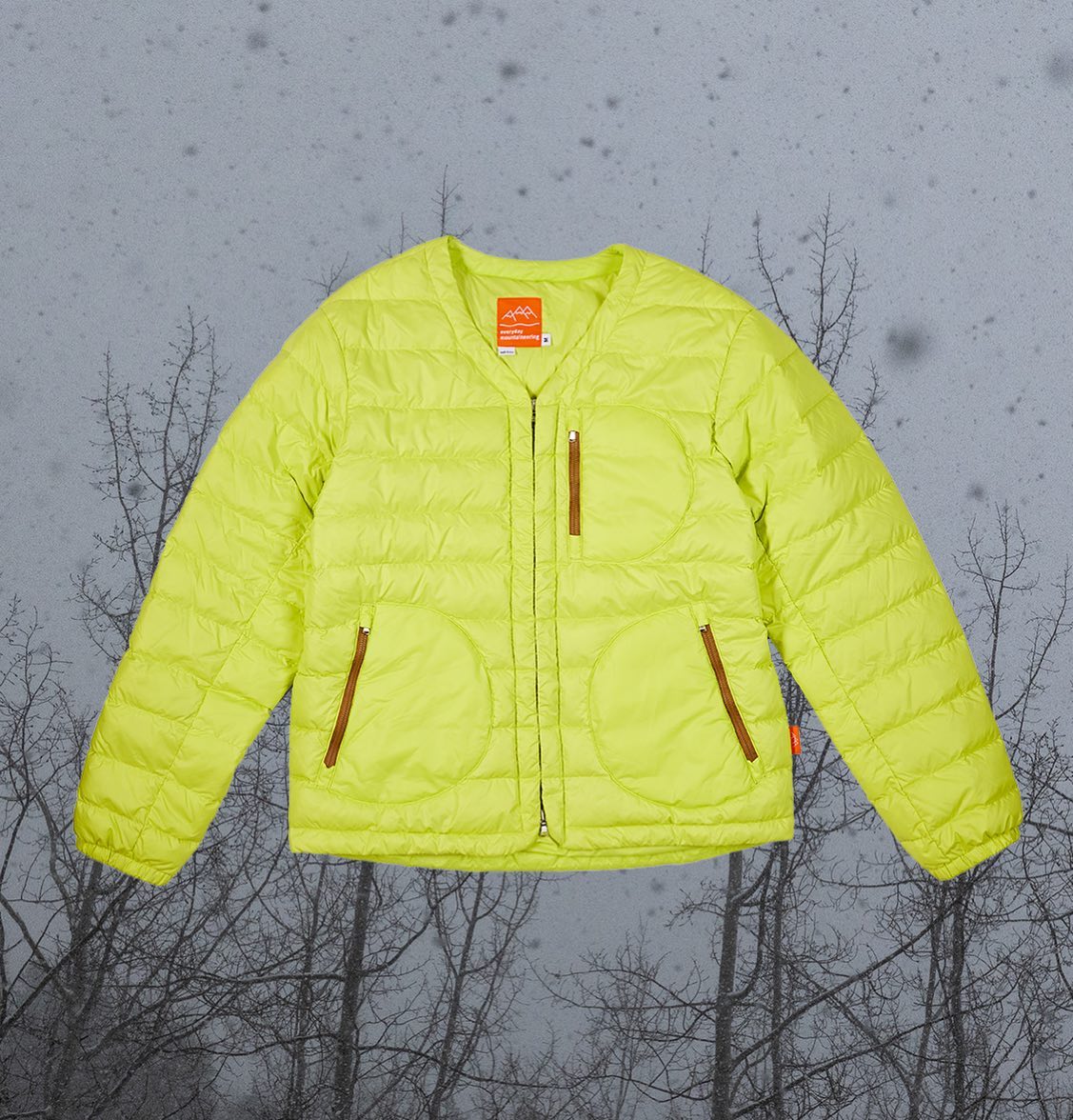
Nature has always offered itself freely, vast, abundant, and inviting exploration. At its core, the appeal of the outdoors lies in its inherent accessibility, reinforcing collective histories of deep human connection to the Earth. Before evolving to leisure, hiking, exploring, or simply being outdoors were extensions of necessity and lifestyle structures. However, as paces of societal growth quicken, nature becomes a counterbalance to the confined spaces, noise, and pacings of contemporary productivity-focused existence.
In the wake of COVID-19, the surrounding aesthetics of outdoor recreation are reframed as a luxury where access is mediated by what can be purchased—gear, travel, time—or signaled, through a kind of cultural literacy tied to competency and affluence. This shift isn’t just about branding; it reflects a deeper tension between nature as communal and its new positioning as aspirational. To counter this narrative, various players in the ecosystem of the outdoor industry work to challenge exclusionary narratives not by erasing its barriers, but by building pathways over them. Groups HBCUs Outside, Outdoor Afro, Hike Clerb, and Unlikely Riders are reimagining what it means to belong in these spaces, and the preeminent gear outfitters are taking notice.
It is a deliberate and active practice to reclaim the outdoors as a truly collective domain, and the organizers that take on the challenge do so in ways that keep joy central. They form hiking groups, train guides, and establish affinity-based communities that connect underrepresented groups to the land in ways that feel both intentional and organic. Through free and accessible activations including group hikes, workshops, and skill-sharing they dismantle the idea that nature is a luxury, instead highlighting its inherent promise of equity and shared humanity.
Ron Griswell, outdoor guide and founder of HBCUs Outside, grows his practice from a deep knowledge of Black and brown outdoorsmen’s history in outdoor space. Through his organization’s programming, he and his team share the tools of access to young African-American students through chapters at historically Black institutions, re-platforming the connection these institutions have held within outdoor industries.
“Too often the outdoor industry operates with a narrow definition of what counts as ‘outdoor recreation,’” Griswell tells ESSENCE.

“The reality is that our communities have deep connections to nature through activities like community gardens, family cookouts in local parks, and fishing off neighborhood piers. These experiences, which might not fit the mainstream outdoor narrative, are valid entry points to outdoor engagement and often serve as stepping stones to activities like hiking and mountaineering. Brands and organizations seeking to expand access need to recognize and validate these cultural touchpoints rather than assuming everyone’s outdoor journey starts with a backpacking trip or rock climbing.”
Work like Griswell’s and other guides’ are not just subversive but radical in their simplicity: bringing people together to explore the Earth as they are, requiring no prerequisites. By fostering connection over consumption, these groups rewrite the narrative of who gets to claim the outdoors, rooting their mission in a shared ethos of care and inclusion. At a time when the outdoors is increasingly marketed as an aesthetic—a lifestyle reserved for the well-equipped—these organizations teach their members that the true power of nature lies in its universality. Their work is a call to action, a reminder that nature isn’t just for those who can afford it, but for anyone willing to step outside and take a breath. In a system that commodifies everything, their efforts restore the outdoors to what it was always meant to be: free, accessible, and profoundly human.
Gear, Intentional Design, & Equipping Equity Actioners
Gear retailers, often at the forefront of outdoor recreation culture, play a pivotal role in either reinforcing the barriers to inclusion or actively dismantling them. By drawing inspiration and inviting feedback from inclusive outdoor recreation groups, retailers can transcend their traditional roles as sellers of equipment to become actioned stewards of equity. The Recreational Equipment, Inc. (REI), with its 85-year legacy as the nation’s oldest consumer co-op, exemplifies how deliberate action in product development and community programming can push the boundaries of who the outdoors is for. REI’s origin story, “It Started With an Ice Axe” functions as a living blueprint that offers a model of best practices.
Nani Vishwanath, who leads REI’s Racial Equity, Diversity, and Inclusion (REDI) Innovation, emphasizes that inclusion isn’t about the broad platitude of “all are welcome” but rather the intentionality of “this was created with you in mind.” Citing scholar Dr. Crystal Jones, Vishwanath explains the distinction: an environment or product built with the needs, identities, and experiences of a specific community creates a tangible sense of belonging. It’s a principle REI has adopted in its approach to gear design and programming, developing products that don’t just function but resonate with wearers.

“I think we’ve all seen that juxtaposition ourselves when we go to experiences or places or try to shop somewhere that has an ‘all are welcome here’ mindset but it doesn’t really feel like it’s for you,” Vishwanath explains. “And you have to pretend to [be the] type of person or even feel like you cannot simply shop there based on your own identities, versus the ‘this was created with me in mind’ approach. It’s this intangible feeling of this is designed exactly for me and my needs, my identities, my experiences, and that’s what we’re trying to get to [at REI].”
REI’s commitment to inclusion begins with its gear. By engaging underrepresented groups in the co-op’s design and innovation processes, REI creates products that reflect the nuances of different bodies, abilities, and cultural perspectives to not just create products, but set a standard for gear that affirms.
Size-inclusive product development is at the heart of the co-op’s design ethos, a response to the outdoor industry’s long-standing oversight of diverse body types. Through collaborations with experts like Alvanon, REI has commissioned research that utilizes body scans and fit models to account for underrepresented consumers. This data-driven approach informs products like the Trail Made Collection, developed with input from groups like Outdoor Afro, where jackets accommodate wider hips and pants are designed to reduce constriction for varied anatomies. Sleeping bags and pads have also been reimagined to provide comfort and usability across a broader range of body types, ensuring that no one feels left out of outdoor adventures simply because the gear wasn’t made with them in mind.
This intentionality extends beyond product shelves to programming. Take REI’s internal venture capital programs, which fund initiatives that elevate marginalized voices in the outdoors and garner continual feedback with a network of inclusivity partners. These efforts spotlight a diverse representation of the company’s consumers, and with REI being such a large player within its niche, signals to the larger industry the importance of shifting the center of who the outdoors serves.
By sponsoring guide training, funding inclusive community hikes, or hosting workshops led by groups like these partners, REI equips them to feel at home in their work. And more than being good practice for representation, these initiatives are smart business. REI’s Trail Made Collection and its Path Ahead Ventures program demonstrate that intentional inclusivity fosters loyal, engaged consumers while reshaping the narrative of who the outdoors serves. By designing gear that reflects diverse needs and investing in community-centered programming, REI creates a feedback loop that strengthens its consumer base and sets a new industry standard. As Jenny Bruso of Unlikely Hikers notes, these efforts are “an invitation to getting our best lives outside,” proving that inclusivity is both impactful and a sustainable business strategy.
Form & Function
When the fashion-utility gorp-core trend emerged, there was an added new layer of complexity to the outdoor industry, linking it to the hyper-cyclical nature of fashion, where trends reward quick adaptation. Yet, as Scott Ferguson, founder of Everyday Mountaineering, observes, outdoor gear operates on a different cadence. Unlike fashion houses that thrive on seasonal turnover, gear brands prioritize durability and utility, creating products designed to endure rather than rotate out with the next hype wave. Ferguson says that while traditional outdoor shoppers remain loyal to functionality, gorp-core’s blend of form and function has invited a new audience into the outdoors, introducing fresh perspectives and designs. This intersection, he explains, opens pathways for innovation without losing the core values of sustainability and practicality that set gear industries apart.

“I think what is really cool about gorp-cores influence is that it has played a role in opening up a new world of outdoors enthusiasts who love the mix of form and function,” Ferguson shared. “With this comes an influx of new ideas and designs that will continue to push the outdoors and fashion worlds closer.”

In their response to the growing appeal of gear-coded aestheticism, designers, large retailers, and outdoor coalition builders can build upon a shared sustainability goal through brand intention. Partnerships, as founders like Ron Griswell have articulated, play an important role in setting a standard of allyship against an overarching ethos of environmentalism and sustainable consumption of gear and apparel. Creating pipelines to gear access is an important first step. “We firmly believe people value what they have access to—so creating that access [is critical].”
The key areas Griswell identifies—economic barriers, educational gaps, and cultural representation—are foundational to creating a truly equitable outdoor industry built on authentic representation. From there, organizations like HBCUs Outside, Outdoor Afro, Unlikely Hikers, and many others can establish their own practices for sustainable gear exchange and production. Griswell envisions large-scale partnerships that can equip HBCUs nationwide.
“Looking ahead,” he shares, “we’re working with partners to address these barriers systematically. While we’ve successfully seeded some gear—tents and sleeping bags from Backcountry, Gear Wagons from Gregory Packs, and fishing poles through our National Park Trust partnership—our vision extends further. We’re particularly excited about plans to pilot a robust community gear library in the Westside Atlanta region, working alongside coalition partners to create sustainable access to outdoor equipment.”
The ethos of environmental stewardship and collective growth within Black and underrepresented communities ties seamlessly into the emerging sustainability programming space at historically Black institutions. It’s slowly happening, Spelman College, the nation’s number one ranked HBCU, recently launched a dedicated Sustainability Office led by emerging environmentalist scholar Iesha Baldwin. As resulting initiatives like Spelman’s and HBCUs Outside become more commonplace, there can be a signal to a new generation of young Black people that the intersection of environmentalism and cultural resilience are imperatives of Black futurity.
Building Sustainable Futures
The stories of Black and bodily diverse outdoorsmen are far from niche; they have always been present and are the foundation of how people have historically engaged with nature and offer guidance on how to engage with the planet today. The curious vacuum of nature as a commodity is a long-progressing phenomenon at odds with the historical roots of outdoor recreation, but by learning from history, more inclusive futures can be ideated. In the late 19th and early 20th century, conservationism movements arose to healthily bridge the connection between citizens and the expanse of natural space.
National parks were established by Congress in 1916, and the age-old dynamic between popular culture and the Earth became slightly more formal. Indigenous communities have always shaped their relationship with the land through stewardship. Black Americans, from the post-Reconstruction era to the Civil Rights Movement, carved out outdoor spaces for joy, refuge, and resistance despite systemic exclusion. The practices of the past teach that the innate “freeness” of being in nature can and should be prompted by a universality not reliant on financial capital. Watching the evolution of gear consumption can prove to be a model for larger sustainable approaches to building a welcoming outdoor recreation space built on exchange and continual passing down of knowledge.
“Start with what you have, borrow from outdoorsy friends, explore rental options, or seek out affordable alternatives through thrift stores, army surplus stores, or marketplace platforms,” Ron Griswell offers. Ultimately, it’s the small steps that start the movement.




